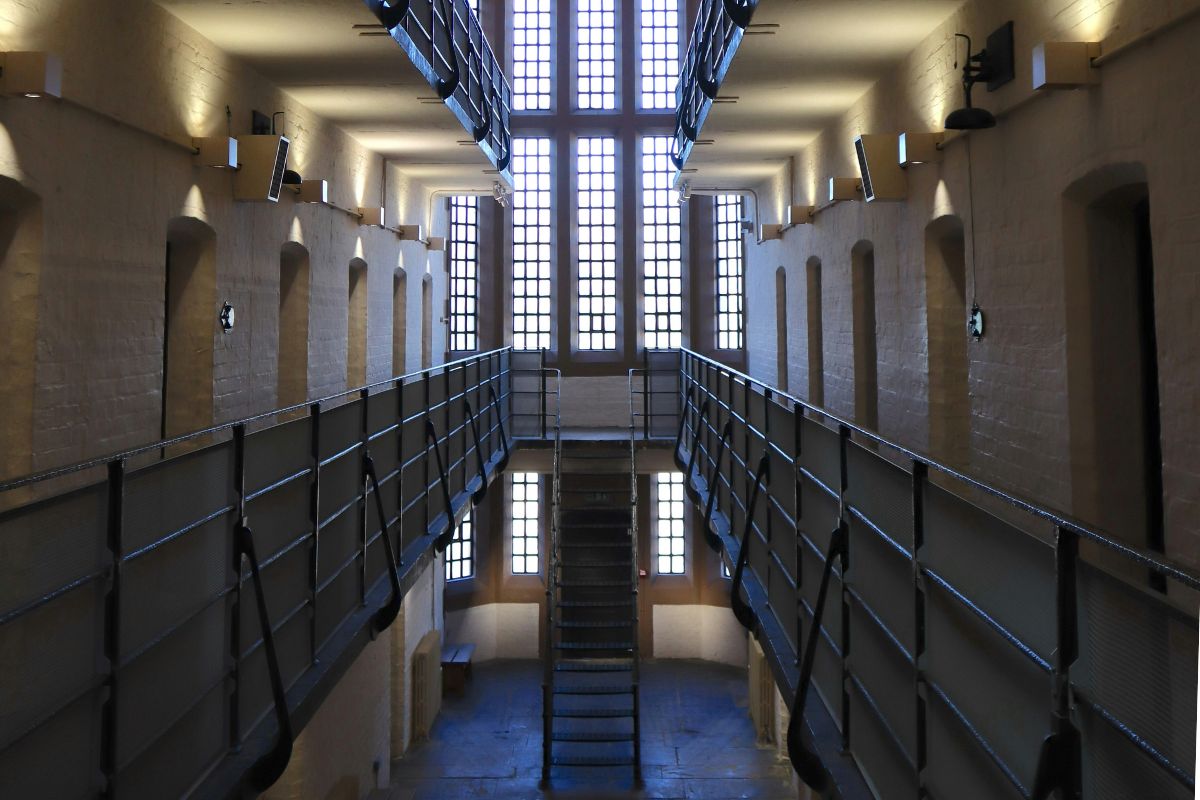What’s the Climate Change Levy and how can colleges reduce it?

Whether you realise it or not, it’s likely that you’re paying the Climate Change Levy (CCL) as part of your energy costs.
Introduced almost 20 years ago in 2001, the CCL is an environmental tax charged on the amount of energy an organisation uses. It’s designed to encourage organisations to minimise their energy usage and cut their carbon emissions – one of the cornerstones of the fight against climate change.
The CCL is particularly important to colleges and universities at the moment, as not only will you likely be under pressure to cut costs, but sustainability is also high on the agenda.
That’s why it’s important to understand the CCL and explore ways of reducing the costs.
Firstly, who pays it?
The CCL applies to all those operating within the industrial, commercial, agricultural, and public services sectors. This includes universities and colleges paying for energy use in non-residential buildings. However, residential buildings such as dormitories or other accommodation are considered to be domestic. As such, the CCL does not apply.
For those sites which aren’t exempt, there’s still a clause called ‘de minimis’ which refers to small volumes of consumption, which are classified as domestic and therefore exempt. You can find out more about the de minimis thresholds on the Government website (section 2.5).
Who’s exempt?
Domestic energy users are exempt from the Climate Change Levy, as are business customers who use very small quantities of energy. There are also exemptions for power that won’t be used in the UK and certain forms of transport.
Supplies used by a charity for non-business activities are also excluded from the levy. This includes school and university residential accommodation. So, further education organisations like universities and colleges that carry out both business and non-business activities on the same premises can split the consumption per account between excluded and taxable use. For further information and advice on this, contact your energy supplier.
How is the CCL calculated?
CCL rates are calculated per kilowatt hour of usage (or per kilogram for raw fuels such as LPG). Your energy supplier will calculate it using the current rate and add it directly to your bill. You’ll be able to see this listed as a separate line item on your bill statement.
As the CCL is a tax, this cost doesn’t go to your supplier. It is transferred from your supplier directly to HM Revenue & Customs.
How do I save money?
As the CCL is calculated as a percentage of your overall energy usage, the most efficient way is to keep your consumption down. While this can be difficult, smart meters are a useful way of monitoring your energy usage, as the real-time data they generate can provide useful insights into different behavioural patterns across the organisation.
Organisations that own their own premises or land might also consider investing in electricity generation infrastructure and becoming self-sufficient. Not only will this save you money but it can also help you to align with your organisation’s wider sustainability goals.
Installing solar panels is the easiest way to generate your own electricity. Wind turbines are more expensive and can involve more planning. Both these technologies can help to reduce your carbon footprint, and can also help to reduce your energy consumption and associated costs, as the energy generated is used to power your premises.
These energy sources can also help to provide a revenue stream, as excess electricity can be sold to an energy company through a mechanism called a Power Purchase Agreement (PPA) or Export Tariff, or directly to another business through a Corporate PPA.
Energy costs are usually accepted as a given, but you can reduce your overheads and become more sustainable in the process.
Conor McArdle at Opus Energy











Responses